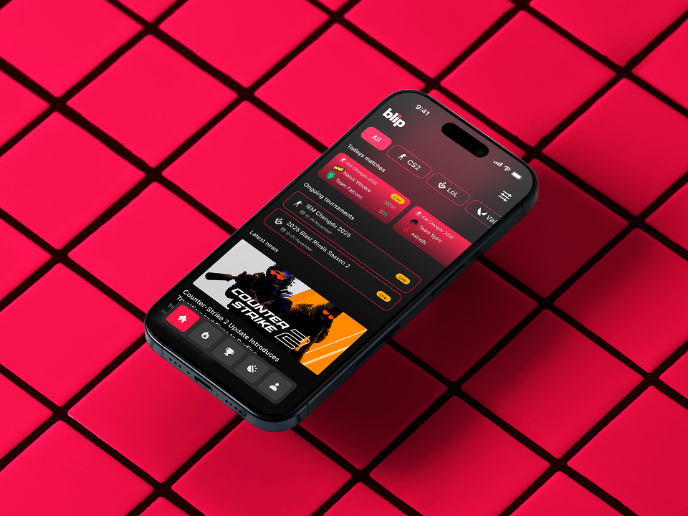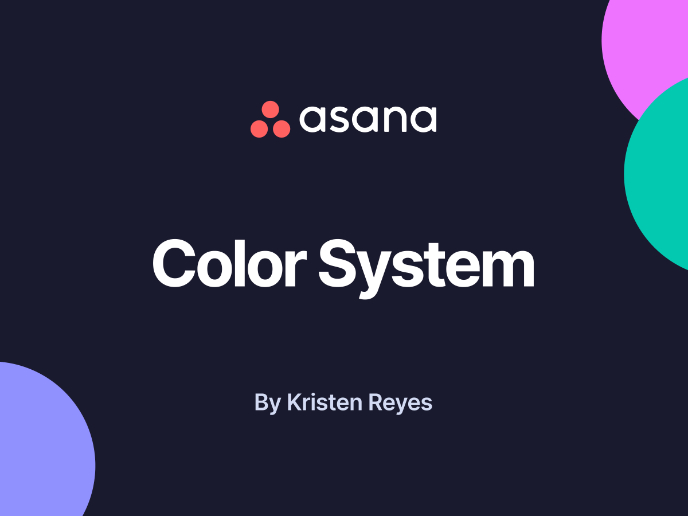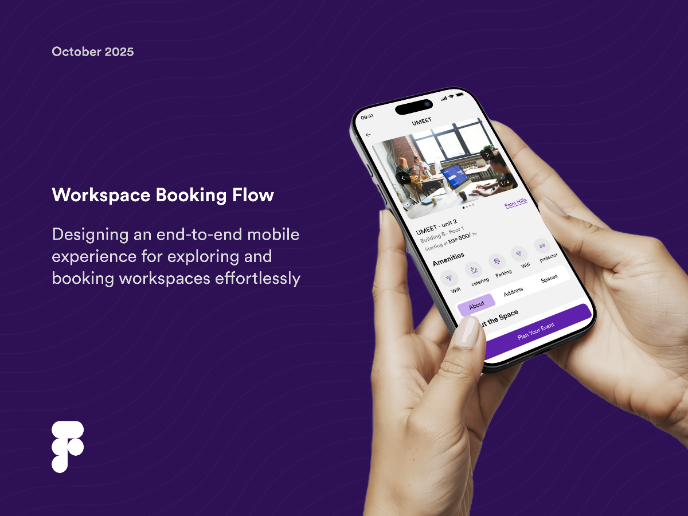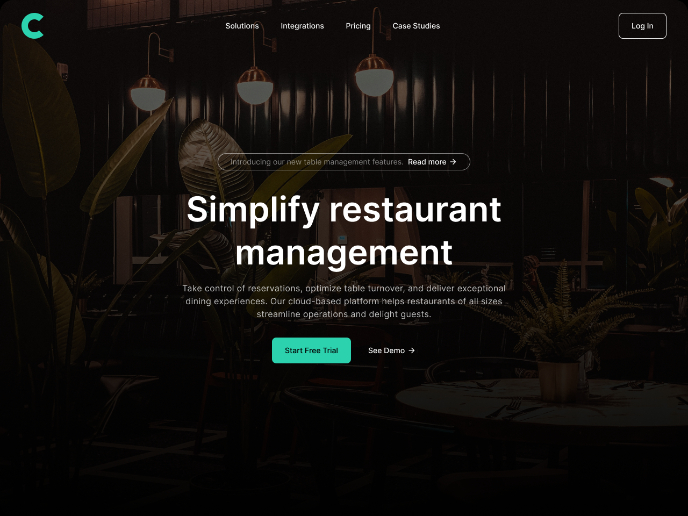Travel Minder - Color System
Color plays a subtle yet powerful role in shaping our experiences with digital products. In this project, I explore building a complete color system from the ground up.
How do specific colors guide users through an interface? Why is consistency so crucial across a product’s design?
I dive into the thoughtful decisions behind crafting a color palette that defines a brand and enhances usability, accessibility, and overall design harmony.
From neutral tones that establish a clean layout to system colors that provide immediate feedback, each color category plays a specific role in guiding users through their tasks.
Brand Colors
The brand colors provide a strong foundation for the entire color system. You will see these colors reflected throughout the interface, ensuring the palette adapts well across both branding elements and functional components.
Neutral Colors
Neutral colors are essential for maintaining balance, providing contrast without overwhelming the primary brand colors. These shades support typography, backgrounds, and subtle UI elements. By offering a wide range of neutral tones, the palette ensures flexibility for various UI components, ensuring consistency across both light and dark mode.
Primary/Accent Colors
The primary and accent colors were derived directly from the core brand colors. These colors are used for call-to-actions & navigation components. The combination of light, base, and dark shades offers flexibility and ensures that the design remains consistent while maintaining the brand's visual identity.
Secondary Colors
Secondary colors provide additional visual cues within the interface, particularly in tables and tags. These colors help quickly differentiate and classify statuses or categories.
Tertiary colors
Tertiary colors are used to indicate task prioritization and draw attention to critical or urgent elements. These colors are chosen to provide clear visual cues that help quickly identify tasks requiring immediate action.
System colors
System colors are critical for providing immediate feedback and signaling system status. Each color represents a specific state, such as error, warning, success, or informational messages, helping quickly interpret feedback and take appropriate actions.
Color Usage In App
With the full color system established, we now move into the application phase. In the following images, you will see how the color system is applied across the UI. Each component of the interface is styled to ensure consistency, contrast, and accessibility.
- Light and dark mode: A comparison of how colors adapt across themes
- Status and tag indicators: See how secondary colors are used to classify and differentiate statuses
- System feedback: Colors for Instant feedback for error, warning, success, and informational messages
- Color hierarchy and contrast: Ensuring clarity and visual balance in text, borders, icons, and backgrounds
App Light/Dark Mode
System Light/Dark Mode
WCAG
WCAG (Web Content Accessibility Guidelines) is a set of standards designed to ensure web content is accessible to all users, including those with disabilities. The colors and text in this app meet WCAG compliance, ensuring readability.
Conclusion
A clear and well-defined color system is essential for maintaining a clean and efficient workflow when designing digital products. Though some may see this step as time-consuming, it’s crucial not to skip it. A structured palette that covers branding and UI elements, ensures consistency throughout the design, which in turn reduces rework and speeds up development.
For clients, investing time into building a robust color system from the start will ultimately save money by preventing costly redesigns or inconsistencies later in the process. A solid color foundation streamlines collaboration, simplifies decision-making, and ensures scalability as the product evolves.
Tools used
From brief
Topics
Share
Reviews
3 reviews
I appreciate the well-designed color system, Franjo. Well done! It helps me discern which colors work best in most use cases. The only suggestion I have is regarding the alignment of the corners of the color squares with the corners of the outer container (specifically, the border-radius in web design). The size of the outer corner minus the size of the padding should determine the size of the inner corner. This creates a curvy and smooth effect. 😊
Franjo! Really great work, I can see how much research and effort you have not only put into your presentation but the colours used through your project. I found it clearly laid out and each section was well explained! Fantastic job!
Franjo Stojić's Travel Minder color system project is outstanding! 🌟 The thoughtful selection of brand, neutral, primary, secondary, tertiary, and system colors showcases a deep understanding of design principles. The application of these colors across light and dark modes ensures consistency and accessibility. The detailed explanation of each color category and its role in the interface is both informative and inspiring. Excellent work! 👏💯
You might also like

Customer Journey Map for a Co-Working Space

Blip - Esport app design (Light & Dark UI)

Reimagining Asana's Color System

Latios - Free Portfolio Template for UX/UI Designers

Workspace Booking Flow - UI/UX Design

Responsive Main Screen
Visual Design Courses

UX Design Foundations

Introduction to Figma


























